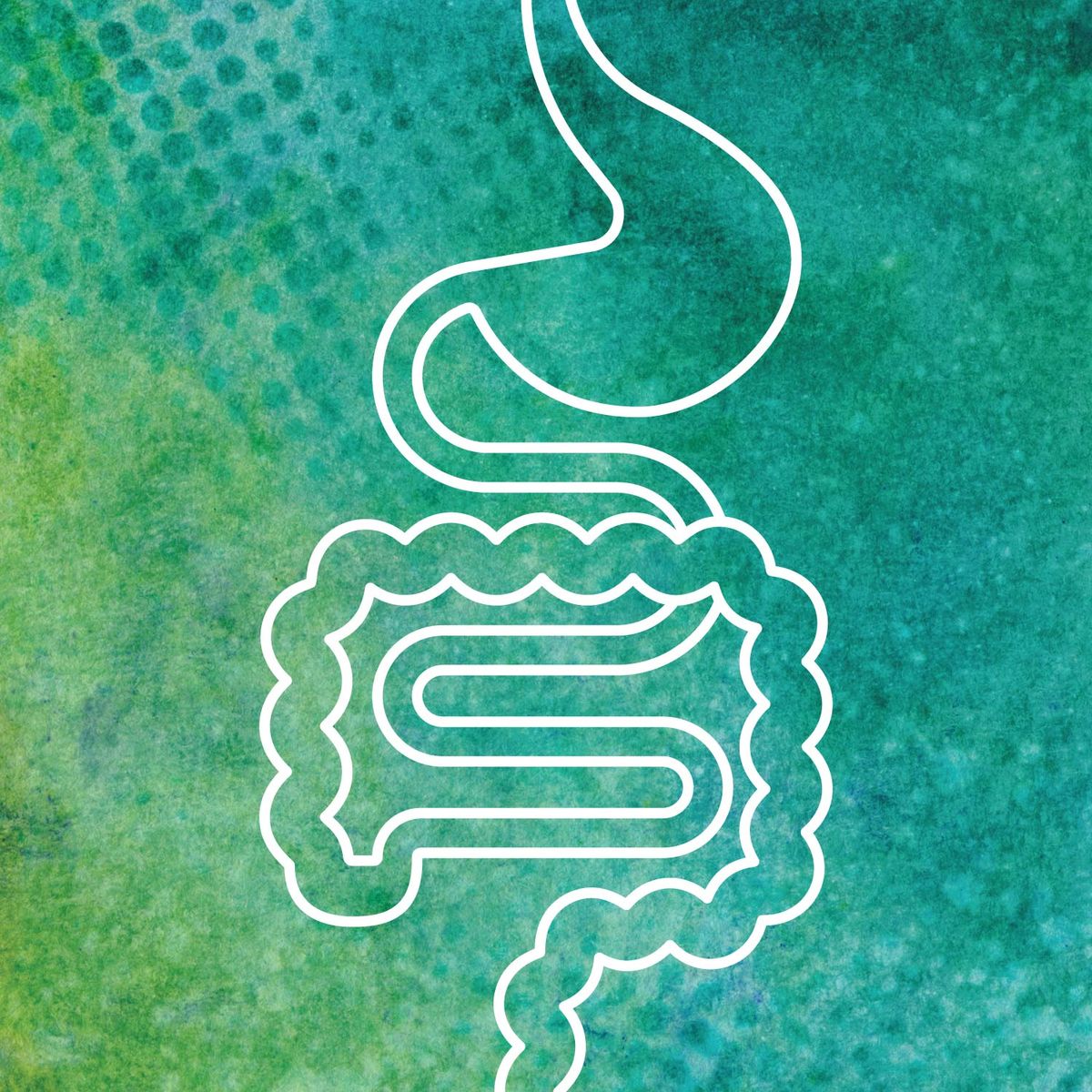PIEZO2 Ion Channel Plays a Key Role in Gastrointestinal Motility and Bowel Sensation

New research has identified mechanisms involved in sensing the presence of food in the gastrointestinal (GI) tract and controlling the transit of GI contents. The findings demonstrate a key role for the protein PIEZO2 in controlling GI motility, a process critical for proper digestion, nutrient absorption, and waste removal. This research, conducted jointly by the National Center for Complementary and Integrative Health, the National Institute of Neurological Disorders and Stroke, the Scripps Research Institute, and other collaborating institutions, was published in a recent issue of the journal Cell.
Mechanical sensing of the presence of material in the GI tract is believed to be essential for regulating motility to enable the orderly breakdown of food, absorption of its components, and elimination of waste. This study examined the role of PIEZO2, a mechanically gated ion channel, in regulating GI motility. PIEZO2 is involved in touch sensation and proprioception (awareness of one’s body in space), and recent research has shown that it also has critical functions in interoception (sensing and responding to signals from within the body), including sensing lung inflation and bladder filling.
In this study, to gain insight into the role of PIEZO2 in human GI function, the investigators compared the responses to GI symptom questionnaires of eight individuals with rare genetic variants that cause a deficiency in PIEZO2 function with those of a large group of volunteers from the general population. The PIEZO2-deficient individuals reported GI symptoms, including constipation in childhood and diarrhea in adulthood, and most of them reported difficulty in sensing bowel movements. The findings suggested that PIEZO2 may play a crucial role in normal human GI function.
The investigators then used transgenic mouse models to further probe the effects of Piezo2 in the GI tract. They found that Piezo2 is present in a group of sensory neurons—specifically, somatosensory neurons from dorsal root ganglia (DRGs)—throughout the GI tract and is required for normal GI function, including sensing of gut contents. Mice that lacked Piezo2 showed abnormal GI function, with a shorter transit time through the GI tract and watery stools. Piezo2-expressing sensory neurons were involved in motility in the stomach, small intestine, and colon. A lack of Piezo2 in DRG neurons impaired the detection of stretching in the colon. However, the absence of Piezo2 in another group of neurons, the nodose neurons, did not have the same effects as the absence of Piezo2 in the DRGs. Mice that lacked Piezo2 in the nodose neurons did not show any difference in transit time or defecation frequency compared to wild-type mice.
The investigators explained that the results of this study may have implications for the treatment of GI disorders. The findings suggest that inhibition of PIEZO2 may speed up gut transit and that activation of PIEZO2 may slow it. These mechanisms may be important in inflammatory bowel disease and other conditions that involve diarrhea or constipation. More research is needed to understand exactly how PIEZO2 detects the presence of gut contents and how different systems interact to coordinate gut motility. It will also be important to determine how PIEZO2 function is altered in GI diseases.
Reference
- Servin-Vences MR, Lam RM, Koolen A, Wang Y, Saade DN, Loud M, Kacmaz H, Frausto S, Zhang Y, Beyder A, Marshall KL, Bönnemann CG, Chesler AT, Patapoutian A. PIEZO2 in somatosensory neurons controls gastrointestinal transit. Cell. 2023;186(16):3386-3399.e15.
Publication Date: August 3, 2023